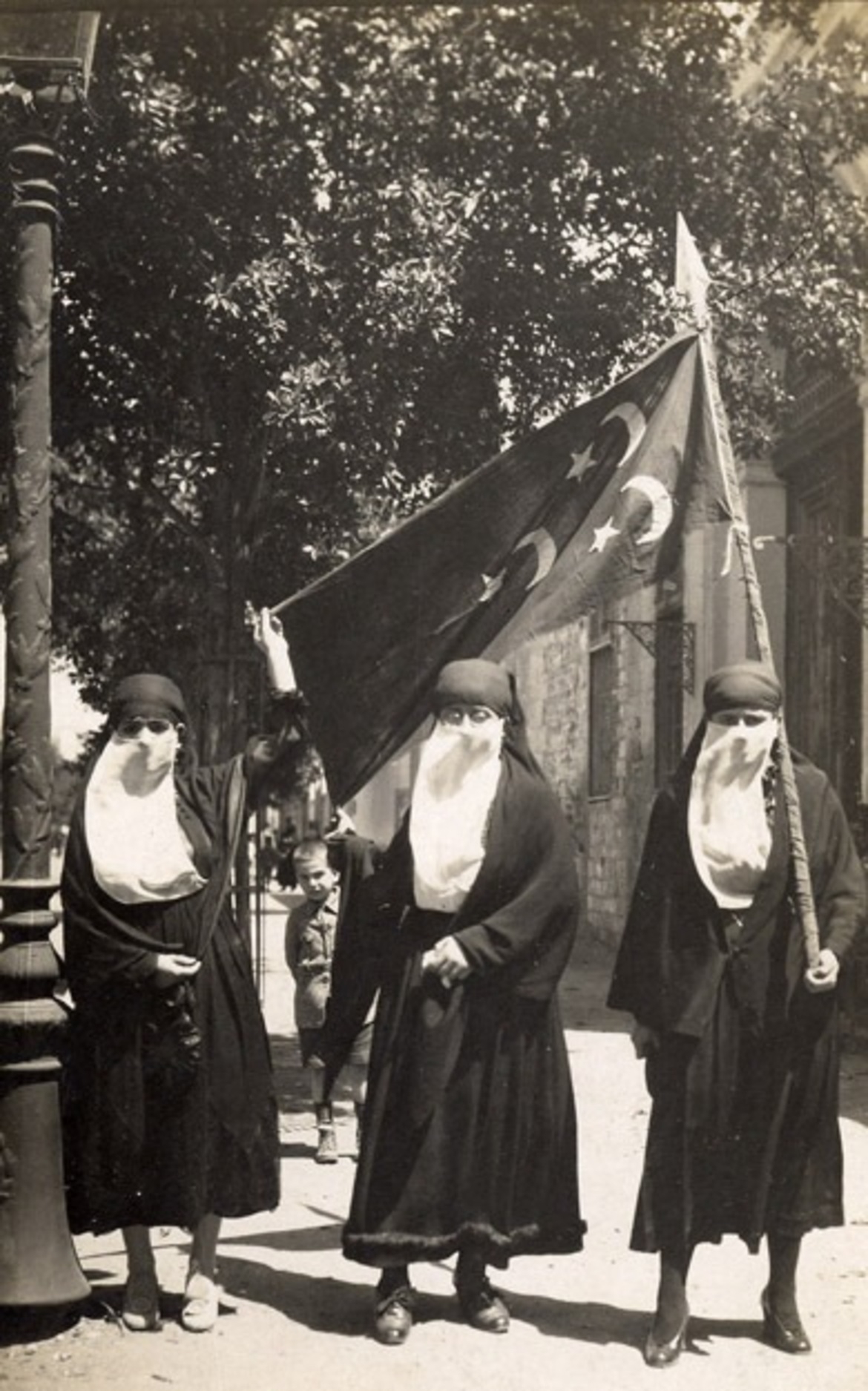



The 1919 Revolution
In 1919, after thirty years of European occupation, the Egyptians decided to revolt against their suppressors: the British military forces. The spark started immediately after the British expelled the Egyptian national leader Saad Zaghloul, and his companions Mohammed Mahmuod, Ismail Sedki Basha and Hamad El-Basel from Egypt. When the group demanded an Egyptian representation at the Versailles Conference to defend Egypt’s right to be an independent national state, the British arrested and sent them to Malta on 9 March 1919. From that day until late April 1919, Egypt witnessed a nationwide upheaval—encouraged by the two official parties’ members that dominated Egypt at that time, Al-Hezib Al-watany (The National Party)[1] and Al-Wafd (The Delegation Party).
— Hadia abd el-fattah Ahmed for Arab Stages

Nationalists demonstrating in Cairo. March 1919.

Protesters during the Egyptian Revolution of 1919. April 1919.

This timespace is inspired by the 7th chapter of the book How to Hide an Empire, by Daniel Immerwahr. It tells the life of Puerto Rican nationalist Pedro Albizu Campos in the context of other nationalist movements and U.S. interventions in Latin America.